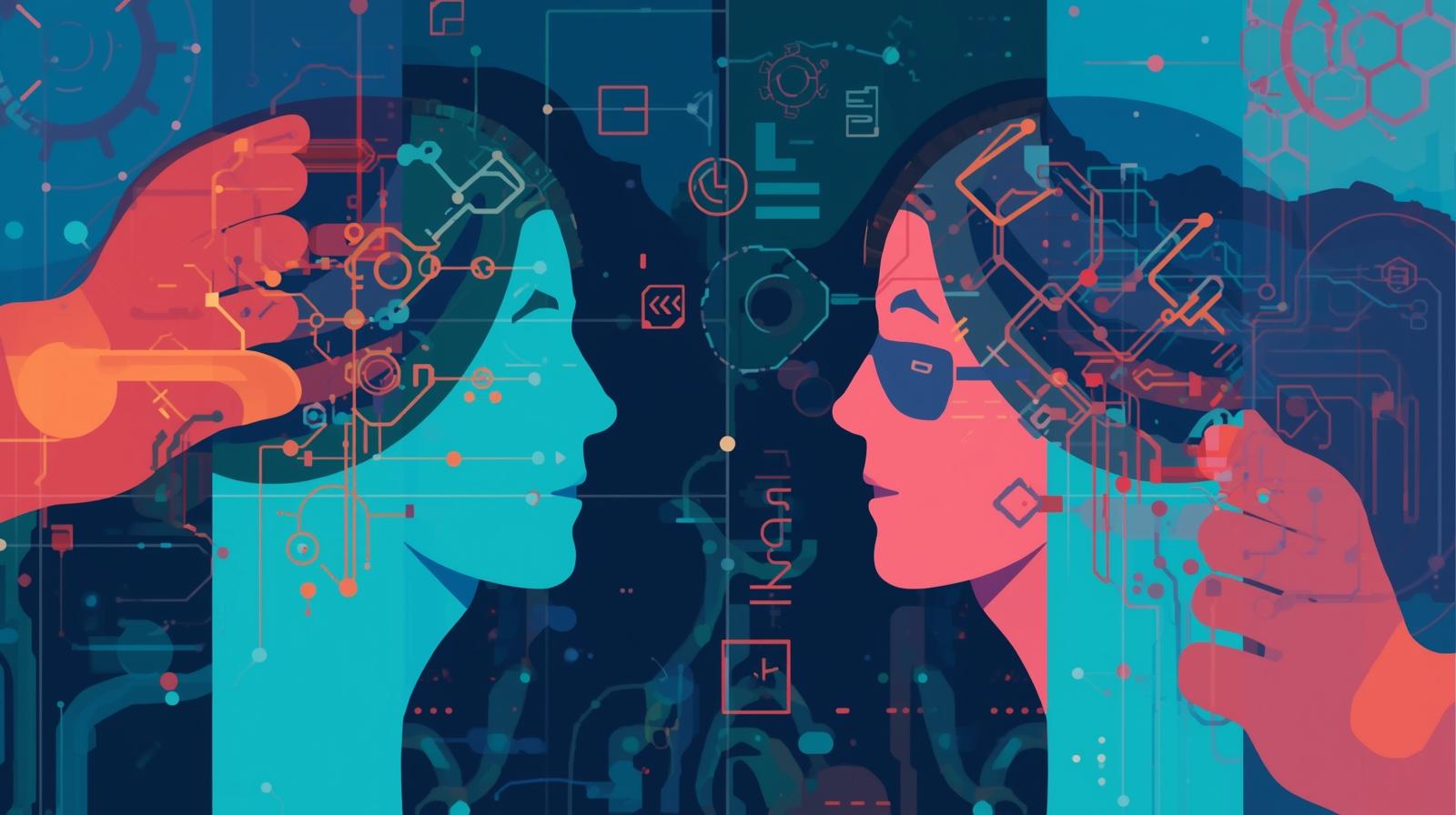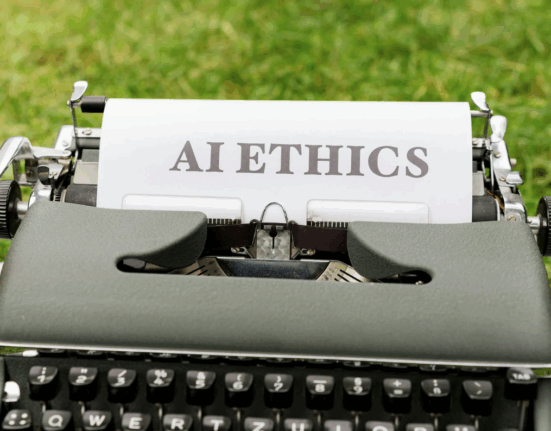Artificial intelligence is reshaping how we make decisions—hiring employees, approving loans, recommending content, and even diagnosing diseases. But as these systems become more powerful, a serious problem has emerged: algorithmic bias. It can quietly creep into AI models, leading to unfair outcomes that impact lives and trust. This is where explainable AI (XAI) steps in, offering a critical solution to one of AI’s biggest ethical challenges.
Explainable AI is not just a technical feature—it’s the bridge between human understanding and machine decision-making. By revealing how algorithms reach their conclusions, it helps organizations detect and reduce bias before harm is done. Let’s explore how explainable AI empowers fairness, accountability, and transparency across industries.
Understanding Algorithmic Bias
Before we dive deeper, it’s important to grasp what algorithmic bias actually means. In simple terms, algorithmic bias occurs when an AI system produces unfair or prejudiced results due to flawed data, model design, or underlying assumptions.
For instance, a hiring algorithm might favor male candidates because the historical data it learned from reflected years of gender imbalance in the workforce. Similarly, a credit scoring model might deny loans to certain communities because of systemic economic disparities represented in the training data.
Bias doesn’t always arise from malicious intent—it often stems from hidden patterns that reflect societal inequalities. When AI models lack transparency, these issues go unnoticed until they cause real-world damage.
That’s why explainable AI has become essential—it makes the “black box” visible, helping data scientists and policymakers identify and correct unfair influences within models.
What Is Explainable AI (XAI)?
Explainable AI refers to methods and tools designed to make AI models interpretable and understandable to humans. Instead of just outputting predictions, XAI provides reasoning behind those predictions, showing why an algorithm made a certain choice.
Imagine asking a loan approval model why it denied an application. A traditional “black box” AI would just say no. But an explainable AI system would tell you that the applicant’s income-to-debt ratio or inconsistent employment history were contributing factors.
This level of transparency transforms how we interact with AI—it turns opaque decisions into humanly understandable insights.
Key techniques used in XAI include:
- Feature Importance: Identifies which factors most influence model decisions.
- LIME (Local Interpretable Model-Agnostic Explanations): Creates simplified explanations for individual predictions.
- SHAP (SHapley Additive exPlanations): Assigns value to each feature’s contribution using game theory.
- Counterfactual Analysis: Shows how changing specific inputs could alter the outcome.
These tools allow developers, regulators, and even end-users to see inside the algorithmic mind, reducing mystery and building trust.
How Explainable AI Helps Reduce Algorithmic Bias
1. Identifying Hidden Patterns of Discrimination
One of the biggest advantages of explainable AI is its ability to expose subtle, often invisible patterns of bias. For example, if an AI model gives lower job scores to applicants from certain zip codes, explainability tools can flag that correlation.
This insight allows organizations to ask why those zip codes influence results and whether it’s a proxy for socioeconomic or racial bias. Without explainable AI, these hidden patterns could persist undetected, perpetuating inequality.
By bringing transparency to model decisions, XAI empowers companies to audit their algorithms proactively—long before they reach the public.
2. Improving Data Quality and Fairness
Explainable AI doesn’t just clarify decisions; it also helps improve data integrity. When developers can see which variables contribute most to outcomes, they can clean, rebalance, or supplement datasets that contain biased or incomplete information.
For instance, in healthcare, explainable AI can reveal that certain demographic groups are underrepresented in diagnostic datasets. Once identified, researchers can collect more diverse data, ensuring fairer predictions for all patients.
In this way, XAI acts as a feedback mechanism, guiding teams to continually refine their data pipelines for inclusivity and fairness.
3. Building Accountability and Trust
Trust in AI begins with understanding. When people know why an AI made a decision, they are more likely to accept its recommendations.
Explainable AI ensures accountability by making decision-making transparent not just for developers but also for regulators and end-users. Governments, for example, can use explainable systems to verify compliance with anti-discrimination laws, while customers can challenge unfair outcomes with factual evidence.
Transparency turns accountability into a shared responsibility. Instead of blind faith in technology, we move toward informed collaboration between humans and machines.
4. Supporting Ethical AI Governance
Explainable AI is the cornerstone of ethical AI governance. Many organizations today are required to demonstrate fairness and compliance with emerging regulations, such as the EU AI Act and GDPR’s “right to explanation.”
With XAI, companies can provide detailed documentation of model behavior, ensuring that every automated decision is traceable and justifiable. This is especially vital in high-stakes domains like finance, criminal justice, and healthcare, where biased outcomes can have serious consequences.
Through explainability, organizations can align their technology with ethical principles—transparency, justice, and accountability—while maintaining performance and innovation.
5. Enhancing Human-AI Collaboration
Humans and machines should complement each other, not compete. Explainable AI strengthens this partnership by helping people understand and question AI reasoning.
When data scientists or domain experts can interpret AI outcomes, they can make informed adjustments that improve both accuracy and fairness. This loop of explanation and correction ensures that AI evolves responsibly, aligned with human values.
Moreover, explainable models make it easier for non-technical stakeholders—such as HR managers or medical professionals—to trust and effectively use AI insights without fearing opaque systems.
Real-World Examples of Explainable AI in Action
Healthcare: Diagnosing with Clarity
In medical imaging, explainable AI highlights which parts of an X-ray or MRI led to a diagnosis. This allows doctors to validate the AI’s reasoning and detect potential misinterpretations caused by biased data. For example, an AI system might incorrectly associate certain equipment markers with diseases—explainability tools can catch that before it affects patients.
Finance: Fairer Credit Decisions
Financial institutions use explainable AI to ensure that credit scoring systems do not unfairly penalize applicants based on gender, race, or location. When regulators request justification for a denied loan, banks can now produce transparent explanations that align with ethical and legal standards.
Recruitment: Eliminating Hidden Biases
HR departments are increasingly adopting explainable AI tools to audit hiring algorithms. By analyzing decision pathways, they can detect whether certain demographic characteristics are influencing hiring recommendations—and correct them to promote equal opportunity.
Law Enforcement: Reducing Predictive Policing Bias
Explainable AI helps review predictive policing tools to ensure they don’t disproportionately target certain communities. When AI outputs are explainable, bias detection becomes possible, leading to fairer public safety practices.
Challenges and Limitations of Explainable AI
While the benefits are profound, explainable AI is not a magic bullet. Several challenges remain:
- Complexity vs. Simplicity: Deep learning models are inherently complex, and simplifying them for human understanding can reduce accuracy.
- Interpretation Ambiguity: Even with explanations, humans can misinterpret results without domain knowledge.
- Scalability: Applying explainability tools to large-scale systems can be computationally expensive.
- Ethical Trade-offs: In some cases, full transparency could expose sensitive intellectual property or personal data.
Despite these limitations, the field of explainable AI continues to evolve rapidly, combining innovation with ethical awareness.
The Future of Explainable AI and Fairness
As AI systems become deeply integrated into society, the demand for transparency will only grow. Future developments in explainable AI will likely merge technical explainability with human-centered design, ensuring explanations are understandable to everyone—not just data scientists.
Moreover, the collaboration between policymakers, technologists, and ethicists will be crucial in defining global standards for fair and transparent AI. In the coming years, explainable AI will not be optional—it will be a fundamental requirement for trustworthy technology.
By transforming opaque systems into open books, explainable AI helps humanity build a future where machines don’t just think—but do so fairly.
Conclusion
Algorithmic bias may never disappear entirely, but explainable AI gives us the tools to manage it responsibly. By revealing how models think, it ensures fairness, transparency, and accountability across every application—from healthcare to hiring.
As AI continues to influence human decisions, explainability is no longer just a technical advantage; it’s a moral imperative. Through explainable AI, we can create intelligent systems that serve society—not just replicate its flaws.
Fairness begins with understanding, and explainable AI is how we finally see inside the black box.
FAQ
1. What is explainable AI?
Explainable AI (XAI) refers to systems designed to make AI decision-making transparent and understandable, showing how and why algorithms reach specific conclusions.
2. How does explainable AI reduce bias?
It identifies biased data patterns, highlights unfair decision factors, and allows developers to adjust models for fairer outcomes.
3. Why is explainable AI important for businesses?
It builds trust, ensures compliance with regulations, and improves accountability in AI-driven decisions that affect customers and employees.
4. What industries benefit most from explainable AI?
Healthcare, finance, hiring, and law enforcement are key sectors that rely on explainable AI to maintain fairness and transparency.
5. What are common techniques used in explainable AI?
Popular methods include LIME, SHAP, feature importance analysis, and counterfactual explanations, all aimed at interpreting AI outputs in human terms.








